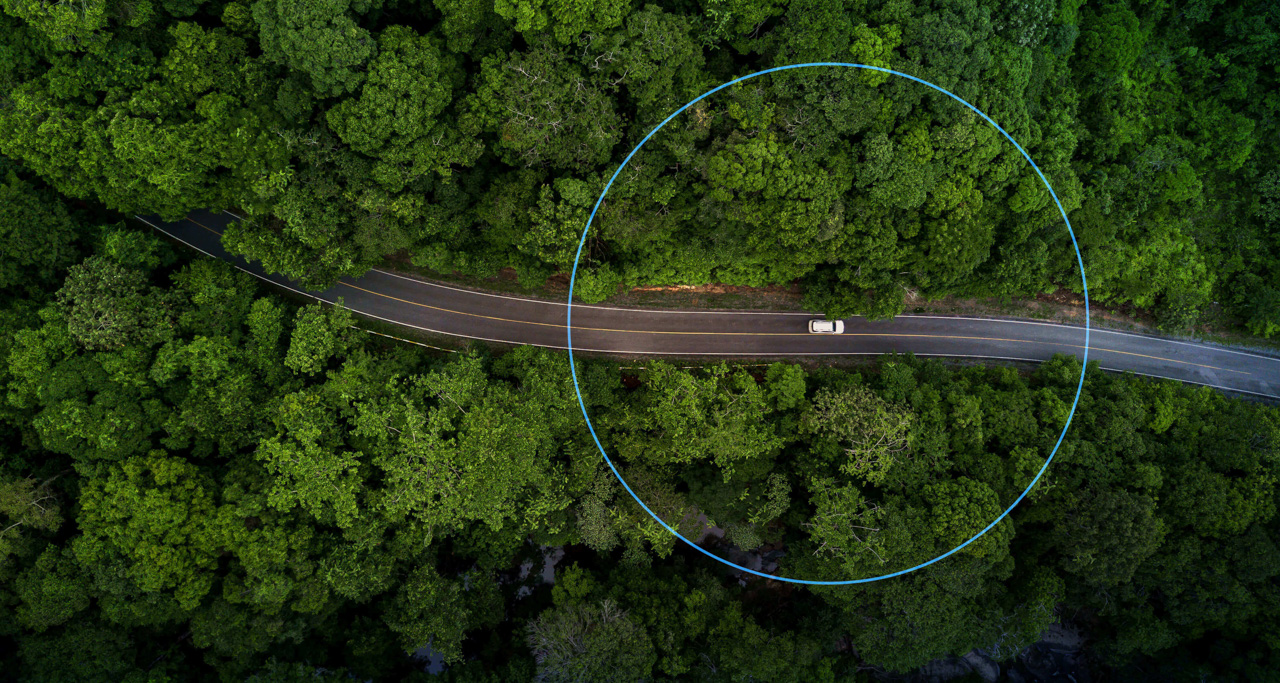Digitalization of the Transportation Sector: An enabler for the low-carbon transition
The global shift towards clean energy is reshaping industries, particularly in the aviation and automotive sectors. Reducing carbon emissions is critical to combat climate change, and the integration of low-carbon energy solutions is key to driving sustainability in product development, manufacturing and usage.
Alternative for Transport: Deep-dive into Low-Carbon Energy Systems
Electrification: A Key Strategy for Low-Carbon Mobility
Electrification is a key low-carbon strategy that enables industries to significantly reduce greenhouse gas emissions while optimizing energy efficiency. By transitioning from fossil fuel-powered systems to electric alternatives, companies can minimize their reliance on non-renewable energy sources and harness the benefits of clean energy. In the automotive sector, for example, electrification involves the shift to electric vehicles (EVs), which can produce between 63% to 69% lower lifecycle emissions than average gasoline cars according to the Internal Council on Clean Transportation (1). Virtual Twin technology allows manufacturers to simulate and optimize the entire lifecycle of EVs—from design to production and usage—helping to improve energy efficiency and streamline operations. Beyond transportation, electrification can also be applied to manufacturing processes, where integrating renewable energy sources into production lines reduces overall carbon footprints and promotes sustainable practices across industries.
Evolectric Circularev
Evolectric deployed the Accelerated Device industry solution experience to access the 3DEXPERIENCE platform on the cloud's full suite of capabilities, from CAD and PLM to project management.
Beyond Aero
Creating the world’s first electric business aircraft designed for hydrogen propulsion, Beyond Aero built a new architecture to optimize the integration of the hydrogen tanks and fuel cell systems using the Reinvent the Sky industry solution experience.
Low-Carbon Aviation: Transitioning to Clean Energy
The aviation sector is responsible for a significant portion of global emissions, making the adoption of clean energy solutions vital for its decarbonization. Aviation manufacturers are already innovating and developing a more sustainable aircraft through the integration of low-carbon technologies. If some companies are implementing solutions such as electric propulsion or sustainable aviation fuels (SAFs), some are already investigating the potential of hydrogen as a transformative fuel for the aviation industry. Using virtual twin technology, aviation manufacturers can simulate and optimize energy-efficient designs and operations. This technology allows companies to explore innovative energy systems that reduce fuel consumption and emissions, paving the way for a more sustainable future in air travel.
Alternative Fuels and Clean Energy: Driving the Marine Industry Towards Net Zero
Alternative fuels and clean energy are key to helping the marine industry meet its net-zero goals. Solutions like hydrogen, ammonia, and biofuels offer viable pathways to reducing greenhouse gas emissions from ships. These fuels, combined with renewable energy technologies, can replace traditional fossil fuels in marine propulsion systems. The 3DEXPERIENCE platform plays a crucial role by enabling marine industries to design, simulate, and optimize vessels powered by these alternative fuels, ensuring safer, greener, and more efficient operations. By fostering collaboration among ports, fuel suppliers, and shipbuilders through green corridors and advanced digital solutions, the industry can accelerate its transition to sustainable shipping.
Empowering Transformation through Digitalization
Clean energy is the cornerstone of decarbonization for the transportation sector aiming to reduce their carbon footprint. Dassault Systèmes provides the digital innovation needed to integrate low-carbon energy into product development across sectors. Whether optimizing aircraft efficiency or advancing electric vehicle production, our virtual twin technology enables companies to lead the clean energy revolution while driving sustainability.
Source:
1.A global comparison of the life-cycle greenhouse gas emissions of combustion engine and electric passenger cars, 2021, The International Council on Clean Transportation
FAQ on Low-Carbon Solutions for the Transportation Sector
Related Content
Decarbonization
Decarbonization aims at reducing emissions throughout the product and service’s life cycle and across the full value chain.
Aerospace & Defense: Achieve Sustainability through Innovation
In terms of environmental impact, aerospace innovations play a critical role.
Boost Sustainable Mobility in the Automotive Industry
See how the Virtual Twin strategy enables automotive innovators to develop high-performance, zero-emission, recyclable vehicles.
Zero-Emission Shipping
Ready to innovate for smarter and greener vessels? Advance towards decarbonization goals with a collaborative model-based approach and the virtual twin.
